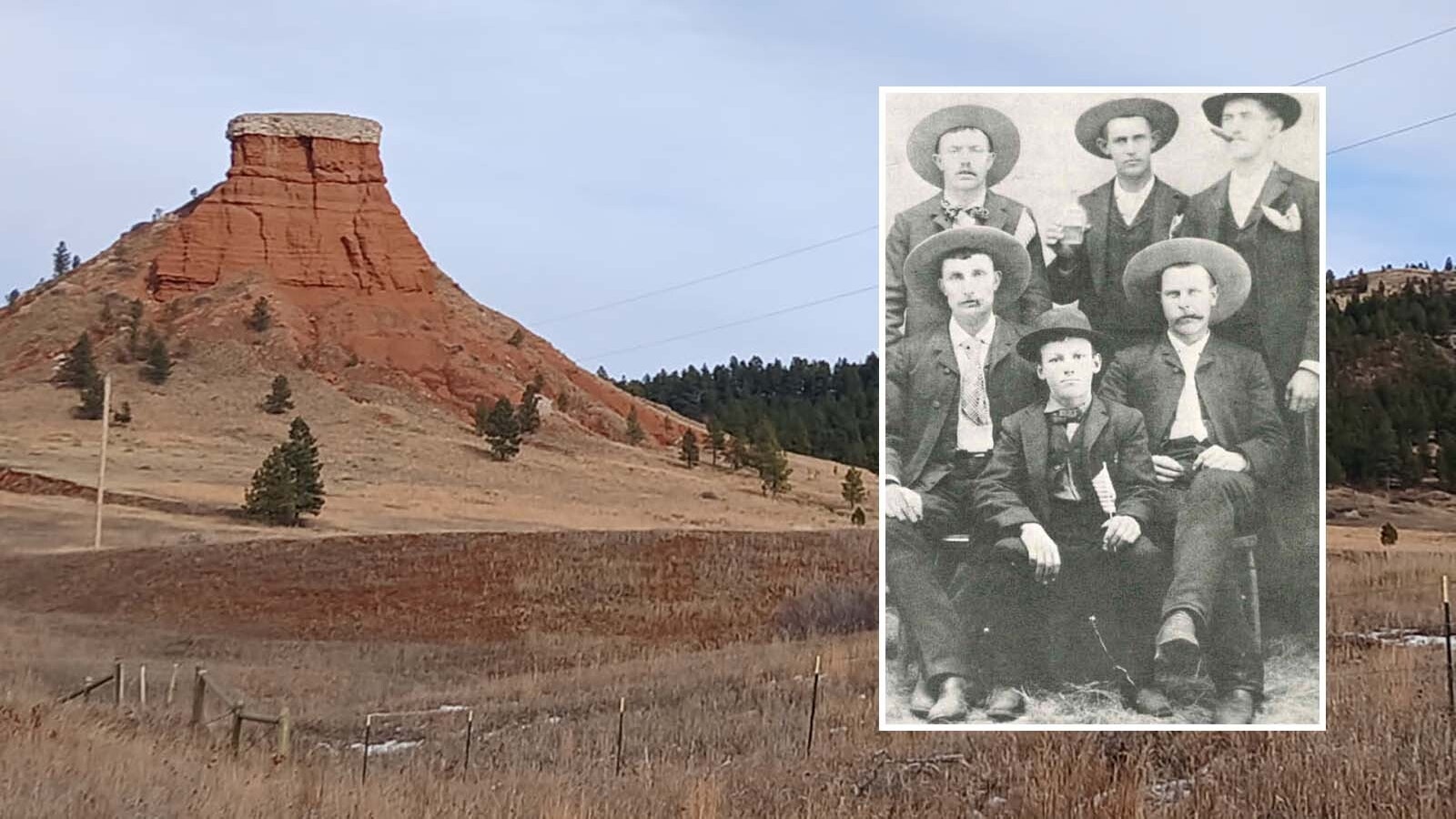Colorado State University has a new celebrity on campus with thousands expected to eagerly seek out its putrid, heave-inducing stench. The university’s huge corpse flower, named Cosmo, is blooming for the first time and everyone is making a huge stink over it.
The rare 7-year-old flower in the Plant Growth Facilities (PFG) at the university’s College of Agricultural Sciences in Fort Collins is blooming for the first time. Tammy Brenner, the PGF manager, said it’s been a sudden and exciting surprise.
“This is very much the first time it's bloomed,” she said. “We didn't know that it was going to bloom until it started coming out of dormancy and looking a little suspicious. But it's been growing approximately 5 to 6 inches a day for the last 10 days, which is an incredible amount of growth.”
Brenner brought Cosmo to CSU through a plant swap at the annual Association of Educator and Greenhouse Research Curators conference. Cosmo’s parent plants are both Buckeyes born and bred at the Ohio State University. Called the corpse flower for the overwhelming stench of death it produces when it blooms. When it matures, it blooms infrequently anywhere from a few years to more than a decade apart.
Cosmo has been a “pet project” at the Plant Growth Facilities for the last seven years. Brenner said it’s quite a bit different from the agricultural plants and invasive weeds that get most of the attention at CSU.
“This is by far the most exciting plant, and we work within the conservatory,” she said.
Grow Up, Open Up, Stink It Up
Cosmo is an amorphophallus titanium, a titan arum, one of the largest unbranched flowering plants. The endangered plant only exists naturally in the rainforests on the Indonesian island of Sumatra.
At full bloom, a titan arum’s leaves can reach up to 20 feet tall and nearly 16 feet across. The inflorescence, the central structure, can be 10 feet tall on its own.
Brenner said Cosmo came out of dormancy at the beginning of May and it’s been slowly inching its way upward since.
“In the last two days, it's starting to slow down going up, but expanding the girth of that diameter a little bit more,” she said.
Soon, the outer leaves should start turning purple and opening wider. That’s the sign that it’s going to stink.
“Once those outer leaves start to open, I'm going to be sticking my nose in there to find out if there is any smell,” she said. “Then we’ll know it’ll bloom within about 24 hours.”
The corpse flower gets its name for its unique fragrance. The bloom emits a smell similar to rotting flesh to attract pollinating flies and carrion beetles.
Furthermore, titan arums can also generate heat similar to a human body temperature while blooming. This adds to the illusion that the flies are feasting on flesh instead of a flower.
The smelly show doesn’t last long. Brenner said the corpse flower’s bloom is fast and furious.
“Anywhere from 12 to 24 hours,” she said. “It's a super, super short cycle.”
You’ll Smell It
Cosmo’s impending blooming is attracting a lot of attention. CSU already has a camera on the corpse flower livestreaming the unique event.
Brenner anticipates many curious people will visit the Plant Growth Facilities to see, photograph and smell Cosmo. Although she’s never experienced a corpse flower in full bloom, her colleagues have told her it’s hard to miss.
“The strongest smells come in the first few hours that it opens,” she said. “From there, it dissipates down. From what I've been hearing from others, it's pretty strong. Probably not the entire building, but definitely within the greenhouse itself.”
After the short, smelly bloom, Cosmo will go dormant again. However, Brenner said they won’t have to wait another seven years for the next sensory experience.
“It takes about seven years to bloom so (the flower) can build up enough energy in its quorum,” she said. “After that, it tends to bloom more frequently, anywhere from every year to every three or 10 years. It's very sporadic.”
Life From Death
Corpse flowers are growing in zoos and botanical gardens worldwide, but are at risk of extinction in their native Sumatra. Deforestation and population growth have reduced the wild population to around 1,000 plants.
To prevent its extinction, most institutions with corpse plants collect pollen during the brief, sporadic blooms. Advanced pollination techniques ensure the unusual plant's unique genetics aren’t lost forever.
Cosmo won’t be poked and prodded for pollination this year. Brenner said the 7-year-old corpse flower didn’t give them enough notice.
“It surprised us,” she said. “We're not quite prepared to get pollen from other universities. But it will rebloom, and next time we'll be more prepared to pollinate it and produce offspring.”
CSU’s Plant Growth Facilities support the College of Agricultural Sciences' ongoing research. Most of the plants grown in its greenhouses assist in the development of drought-resistant strains of corn, wheat and soy, or studies of how invasive species reestablish themselves after wildfires.
Cosmo the corpse flower’s celebrity status is giving CSU’s Plant Growth Facilities a lot of exposure, another first for Brenner.
“Our facility doesn't get a lot of visitors,” she said. “It's a very unknown, exciting place to work. It’s exciting to have all these people interested in this plant so we can show people what the Plant Growth Facilities are all about and share it with the public.”
Contact Andrew Rossi at arossi@cowboystatedaily.com
Andrew Rossi can be reached at arossi@cowboystatedaily.com.








